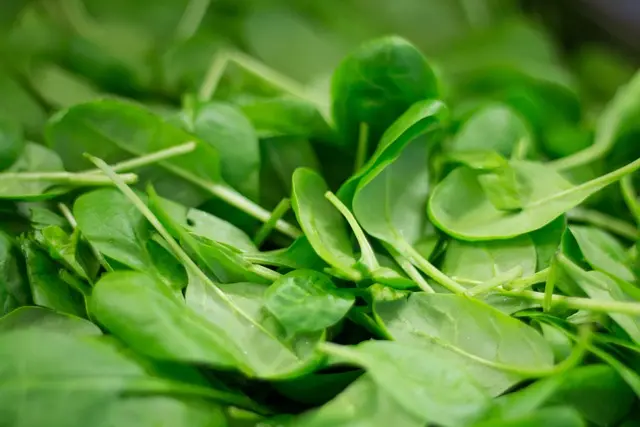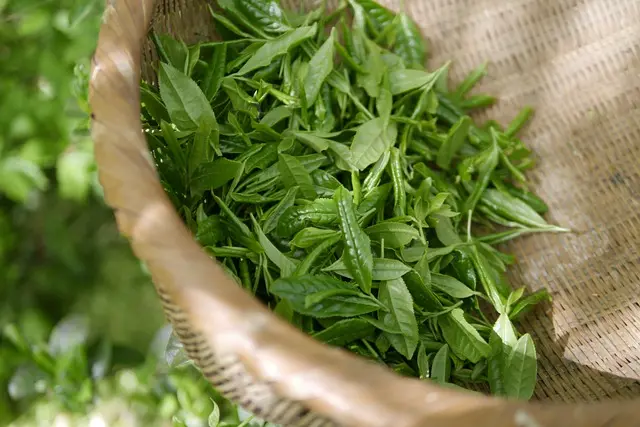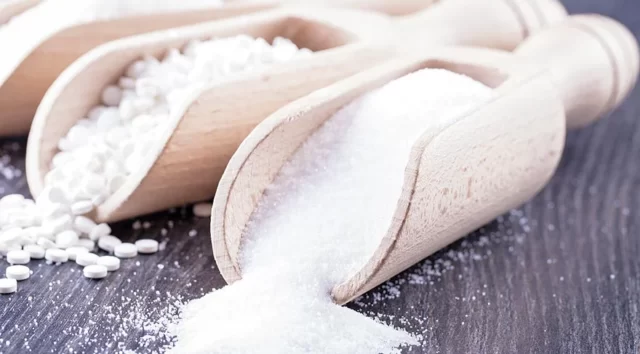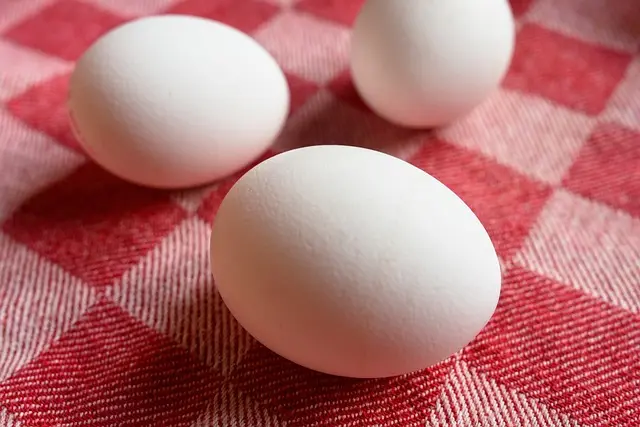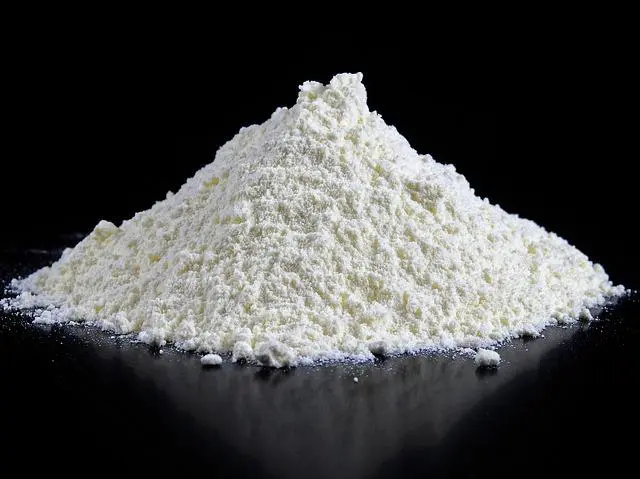
Food additives are substances that are frequently used in the food industry. It has many functions such as extending the shelf life of foods, increasing the nutritional value, giving taste. The topic we will talk about today is anti-caking agents from the food additives group. In this article, ‘What is anti-caking agent? What is the purpose of use in food? In which foods is it common to use?’ You will find answers to questions such as. First, let’s talk about what anti-caking agents are.
What is anti-caking agent?
Anti-caking agents also have names such as anti-adhesive agents, free-flowing agents, and drying agents. In short, we can say that it prevents food particles from sticking together. These substances do not dissolve in water but have the property of absorbing water. In other words, it absorbs excess moisture and covers the food particles with a thin layer. Thus, it increases the distance and prevents the electrostatic attraction between the opposing particles. In this way, it prevents the agglomeration of powder and granular substances.
In the food industry, anti-caking agents are briefly;
- Cellulose
- Calcium carbonate
- Calcium phosphate
- Calcium silicate
- Calcium aluminum silicate
- Calcium ferrocyanide
- Sodium ferrocyanide
- Sodium carbonate
- Salts of fatty acids
- Aluminum silicate
- Silicon dioxide
- Magnesium carbonate
- Potassium ferrocyanide
is in the form.
What are the uses of anti-caking agents?
The most common usage area in the food sector is the flour sector. Apart from this, it is used in table salt, spices, milk powder, sugar, baking powder, powdered sugar, instant soups and cereal products.
As a result, anti-caking agents are used in many sectors, especially in the food industry. It is important that it is used in food products in permitted legal measures.Although the maximum amount that can be used varies according to each food, it is usually added in a small amount. In addition, excessive use of anti-caking agents spoils the structure of the food. Therefore, it should be used with caution.


